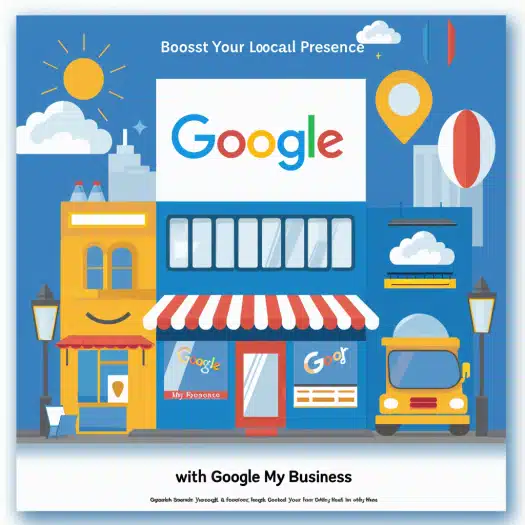Congratulations on launching your professional website! Having an impressive online presence is a crucial step towards reaching your target audience and driving business growth. But, the journey doesn’t end with website development. To fully maximize your website’s potential and increase its visibility, you need to focus on two essential aspects of search engine optimization (SEO): off-page and on-site SEO.
Off-Page SEO: Off-page SEO involves activities that take place outside of your website but have a significant impact on its search engine rankings and online reputation. These activities revolve around building your website’s authority and credibility across the web.
- Link Building: Earn high-quality backlinks from reputable websites in your industry. These backlinks act as “votes of confidence” for your website, signaling to search engines that your content is valuable and trustworthy.
- Social Media Engagement: Actively engage with your audience on social media platforms. Share your website’s content, interact with followers, and encourage social sharing. Social signals can positively influence your website’s ranking.
- Online Directories and Listings: Ensure your website is listed on relevant online directories and review platforms. This boosts your local SEO efforts and helps potential customers find your business more easily.
On-Site SEO: On-site SEO focuses on optimizing the elements within your website to improve its search engine rankings. By making your website more search engine-friendly, you increase the chances of attracting organic traffic.
- Keyword Research: Conduct thorough keyword research to identify relevant and high-traffic keywords related to your business. Incorporate these keywords strategically into your website’s content, titles, headings, and meta tags.
- Content Optimization: Create valuable and engaging content that caters to your target audience’s needs. Optimize your content with relevant keywords, use internal linking to connect related pages, and ensure proper formatting for easy readability.
- Page Speed and Mobile-Friendliness: Optimize your website for speed and mobile responsiveness. A fast-loading and mobile-friendly site provides a better user experience, which search engines reward with higher rankings.
- User Experience (UX): Prioritize user experience by organizing your website’s navigation logically, using clear calls-to-action, and providing a seamless browsing experience. A positive UX encourages users to stay on your site and engage with your content.
With a professional website in place, the next step is to focus on off-page and on-site SEO. By implementing these strategies, you can enhance your website’s visibility, attract more organic traffic, and ultimately grow your online presence. Remember, SEO is an ongoing process, and consistently optimizing your website will yield long-term benefits for your business.
Are you ready to take your website to new heights? Let’s embark on this SEO journey together and unlock the full potential of your online presence.













